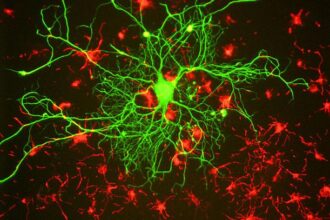 I recently had a very interesting conversation with a telehealth thought leader. We discussed the amazing changes taking place in healthcare in the United States, and the key role that telehealth is going to play in the future. We also talked about the importance of the Internet of Things and healthcare.
I recently had a very interesting conversation with a telehealth thought leader. We discussed the amazing changes taking place in healthcare in the United States, and the key role that telehealth is going to play in the future. We also talked about the importance of the Internet of Things and healthcare.
 I recently had a very interesting conversation with a telehealth thought leader. We discussed the amazing changes taking place in healthcare in the United States, and the key role that telehealth is going to play in the future. We also talked about the importance of the Internet of Things and healthcare.
I recently had a very interesting conversation with a telehealth thought leader. We discussed the amazing changes taking place in healthcare in the United States, and the key role that telehealth is going to play in the future. We also talked about the importance of the Internet of Things and healthcare.
So what is the Internet of Things (IoT)? Simply put, IoT is a network of objects and devices embedded with wireless technologies, software and operating systems that allow them to connect with manufacturers, users and other devices to exchange information and add value. Think of the refrigerator that senses when you are about to run out of milk, strawberries and carrots, and sends a shopping list with those items to your iPhone via email or text. This technology is available today, and soon many of us will be using it in our homes.
The implications of IoT in healthcare are extremely interesting. These technologies are already in use throughout the world. WiFi enabled blood pressure monitoring devices, blood glucose monitoring devices, scales, EKG’s, sleep monitoring devices, activity monitors and more are being used to connect people with healthcare professionals every day. Linking the data provided by these devices with your treating physician, integrating it directly into the electronic health records maintained by a hospital or medical practice, is where healthcare is going.
Technology, especially cloud based and wireless technology, is enabling changes in healthcare that were just a pipe dream 10 years ago. The timing of the arrival of these technologies could not be better given the enormous challenges faced by healthcare systems all over the world, and particularly in the U.S.
Just how big is this opportunity? Consider these facts:
- An estimated 30 billion devices will be part of the Internet of Things by 2020
- The potential market size of the Internet of Things is estimated to be $3 trillion by 2020
- 75% of all companies are actively exploring the Internet of Things or are already using it.
These numbers speak for themselves.
As the IoT continues to expand, and as new devices come online, there are some concerns. Primary among these are:
- Data pervasiveness–it’s one thing to have lots of data. It is meaningless if the data is not actionable. Without the right analytics, we could just be drowning in data
- Data security–with so much data being shared, the risks of major breaches in security is a major concern
- Cost and reimbursement–yes, that old chestnut. How much will these devices cost, and who will be paying for them?
The Internet of Things is here; it is growing, and it is changing healthcare as we know it. The benefits of telehealth increase exponentially when you can pair it with devices that are able to directly connect with healthcare providers, medical practices and healthcare systems all over the world. As I’ve said before, from a technology perspective, and particularly in healthcare and life sciences, the next 20 years are going to be very interesting.![]()






